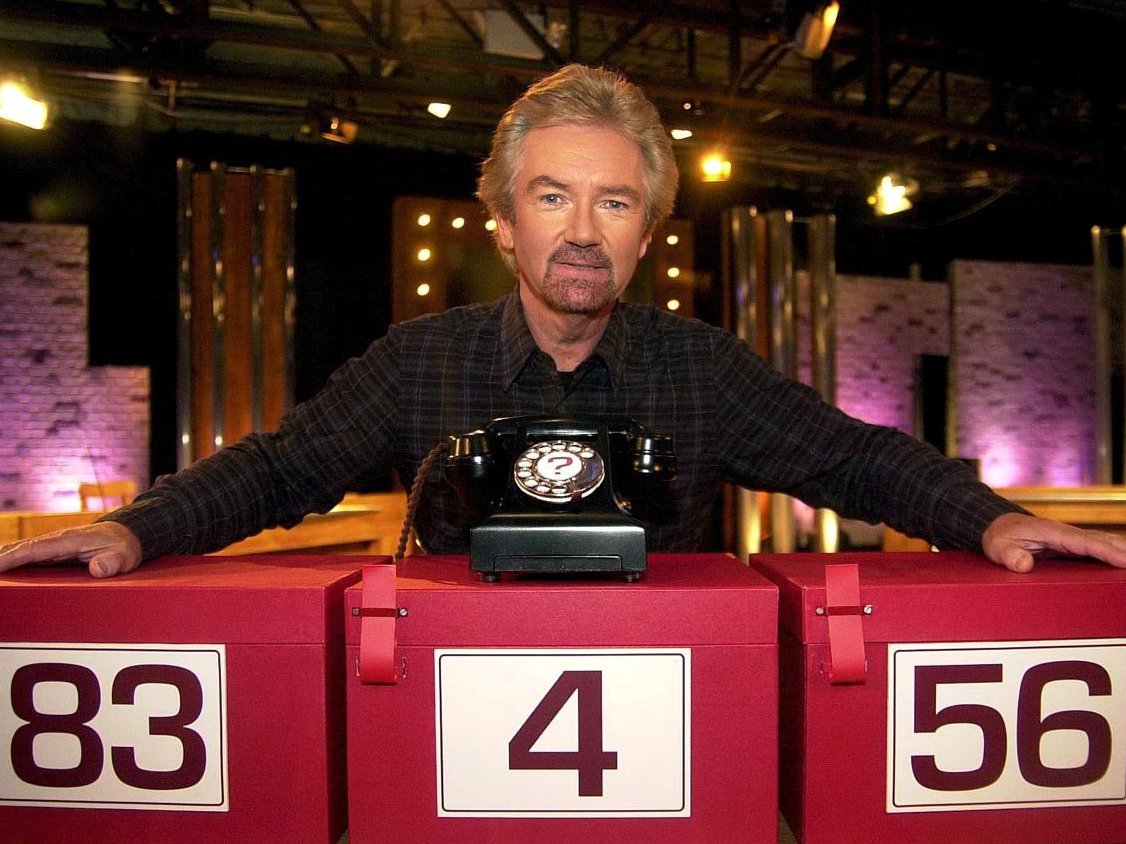- Oxford Economics says chance of Brexit deal by March 2019 has fallen to 60%;
- Analysts lower chances after the UK publishes Brexit position papers;
- Oxford’s Lead UK Economist Andrew Goodwin says papers fail “to offer any credible solutions.”
 “Deal Or No Deal”Channel 4
“Deal Or No Deal”Channel 4
LONDON — Britain’s chances of managing to secure any sort of Brexit deal are dropping, according to research house Oxford Economics, as the UK’s position hampers its progress in negotiations.
Oxford’s Lead UK Economist Andrew Goodwin wrote in a note last week that the firm’s latest calculations suggest that the chance of a deal on both “separation and transition” has dropped from 70% at its last update to just 60%.
That means securing some sort of deal is still the most likely outcome, but that analysts believe there is a significant chance that Britain and the EU come to the end of negotiations in March 2019 without having agreed on a deal. This would lead to the UK dropping out of the EU in a so-called “cliff-edge” Brexit.
The government’s newly released position papers — which cover topics from trade to the Irish border — are the chief reason why Oxford now things a deal is less likely than it was previously.
“The publication of a series of UK position papers and two newspaper articles written by prominent cabinet ministers have dented our confidence that talks on separation and transition will reach a successful conclusion,” Goodwin writes.
Last week, the Department for Exiting the EU (DExEU) published its official plan to leave the customs union in March 2019 and negotiate a totally “new” customs relationship with the EU, which would “minimise disruption” and be as “frictionless” as possible.
The British side hopes the EU will agree to a bespoke, time-limited customs arrangement, which will protect the UK economy from a “cliff-edge” Brexit and allow businesses to carry on as normal during an interim period, according to the position paper.
“The proposed model, which would mean close association with the EU Customs union for a time-limited period, would ensure that UK businesses only have to adjust once to a new customs relationship. This would minimise disruption and offer business a smooth and orderly transition,” DExEU said in a press release.
That stance, which effectively amounts to the UK having its cake and eating it too, has muddied the waters of any Brexit deal, with numerous trade and policy experts saying that the plans are simply unrealistic and will not be able to create the so-called “frictionless” trade the government hopes to achieve.
“The uncertainty that the UK has injected, through its equivocation on the nature of the transition and its failure to offer greater clarity on separation issues, mean that we have reduced the probability of there being successful agreements on separation and transition from 70% to 60%,” Goodwin writes.
“The failure [of the government’s position paper] to offer any credible solutions to post-Brexit customs arrangements emphasises that there is likely to be significant ‘friction’ in future UK-EU trade, even if the two sides are able to agree on a free-trade agreement (FTA).”
Goodwin is clear that at 30%, Oxford sees a transitional arrangement, followed by the agreement of a free trade deal, as the most likely scenario, but that is now just two percentage points most likely than no deal being agreed.
You can see Oxford’s full Brexit matrix — which illustrates what it sees as all the possible Brexit deal options, and how likely they are — below: Oxford Economics
Oxford Economics













